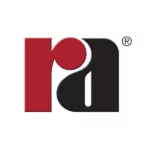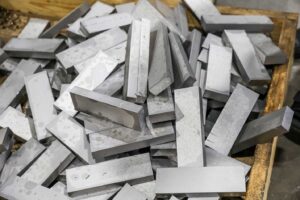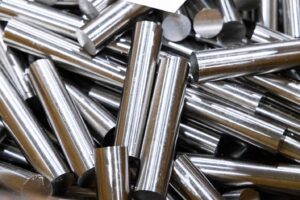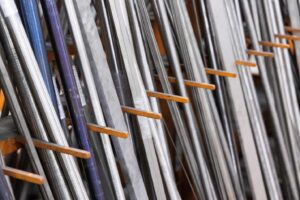Share:
Quote, Buy, Track!
We make it easy to get instant pricing and purchase your metal at the click of a button. Track your order progress, get notified when it ships, and follow your shipment online until it’s delivered. It’s that easy!
There is a lot of confusion about the condition that age-hardenable materials, such as 17-4 or 718 are in. Are they annealed, solution annealed, or aged; and how can you tell?
Age-hardenable materials are heat treated to a particular sequence:
- Solution Treating (also called solution annealing or annealing)
- Quenching (air cool or liquid quench)
- Aging
Solution treating is done at a high enough temperature to facilitate the diffusion of all the constituents into solution. Quenching is to freeze everything in solution that would normally not stay in solution. Aging can be a one step or two step process (a step is a temperature or a cycle) that allows a second phase to precipitate. These precipitates increase the strength of the material.
Solution treating can produce a very soft or hard material depending on the phase equilibrium. Solution aging 718 produces a soft material. In 17-4, a hardened material is obtained. The aging process hardens 718. It also hardens 17-4 at the lower aging temperatures, but as the aging temperature increases, the effect of tempering overtakes the increases imparted by the precipitation process.
Below is how one could tell if a material is supplied in the solution-treated condition:
- Look at the specification itself. AMS 5662 and AMS 5604 require materials to be solution treated and precipitation hardenable. Hardenable is the crucial word, implying that a material is not hardened. Furthermore, the specification states that each product form is furnished in the solution-treated condition.
- Mill test certification will show the applicable specification. It may also show that the material is capable of meeting a different specification requiring the actual aging heat treatment.
- On the mill certification under the product description, it will show the alloy and that it is either annealed, solution annealed, or solution heat treated.
- Some mill certifications will list the actual product heat treatment and show a separate capability heat treatment. When you see the word capability, the material is solution treated.
Some other mill certifications will separately list the mill heat treatment as solution anneal and show an additional laboratory heat treatment of a sample only.
Most precipitation-hardenable materials are supplied in the solution heat-treated condition and will be aged much later. To meet specifications, samples are precipitation hardened to demonstrate that the lot can be heat treated (at a later time) and meet all specification requirements.
Conversely, the information that informs one that the material has been aged includes:
- Look at the specification itself. AMS 5663 and AMS 5643 require material to be furnished in the solution heat-treated and precipitation-hardened condition.
- The mill certification will show the applicable specification requires the material to be solution heat treated and precipitation hardened.
- Under the product description, the mill certification will show that the material is supplied in the solution heat-treated and precipitation-hardened condition.
- Mill certifications will either show that the product received both heat treatment steps, or there will be no statement of laboratory heat treatment, only product heat treatment.
Please contact the Rolled Alloys Metallurgical Services group at 1-800-521-0332 or submit your questions below.
Buy Online Anytime
Our dashboard makes it even easier to shop online anytime from anywhere. Quote, buy, and track 24 hours a day.

Chicago Oktobarfest 2024
Join us for food, demo’s and prizes on October 11th from 11 a.m to 3:30 p.m at 711 Phoenix Lake Ave, Streamwood, Illinois.

High Temperature Strength – An Explanation of Creep and Rupture
High Temperature Strength – An Explanation of Creep and Rupture Back To All Articles Share: More Articles Quote, Buy, Track! We make it easy to

Positive Material Identification (PMI)
Positive Material Identification (PMI) Back To All Articles Share: More Articles Quote, Buy, Track! We make it easy to get instant pricing and purchase your

The History and Uses of AL-6XN®
The History and Uses of AL-6XN® Back To All Articles Share: More Articles Quote, Buy, Track! We make it easy to get instant pricing and
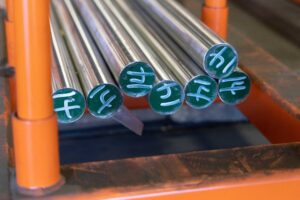
Bar Products: Specifications, Key Processes, and Common Confusions Explained
Bar Products: Specifications, Key Processes, and Common Confusions Explained Back To All Articles Share: More Articles Quote, Buy, Track! We make it easy to get

Chloride Stress Corrosion Cracking (CSCC) in Indoor Swimming Pools
Explore the causes and solutions for chloride stress corrosion cracking (CSCC) in 300 series stainless steels used in indoor swimming pool environments.



